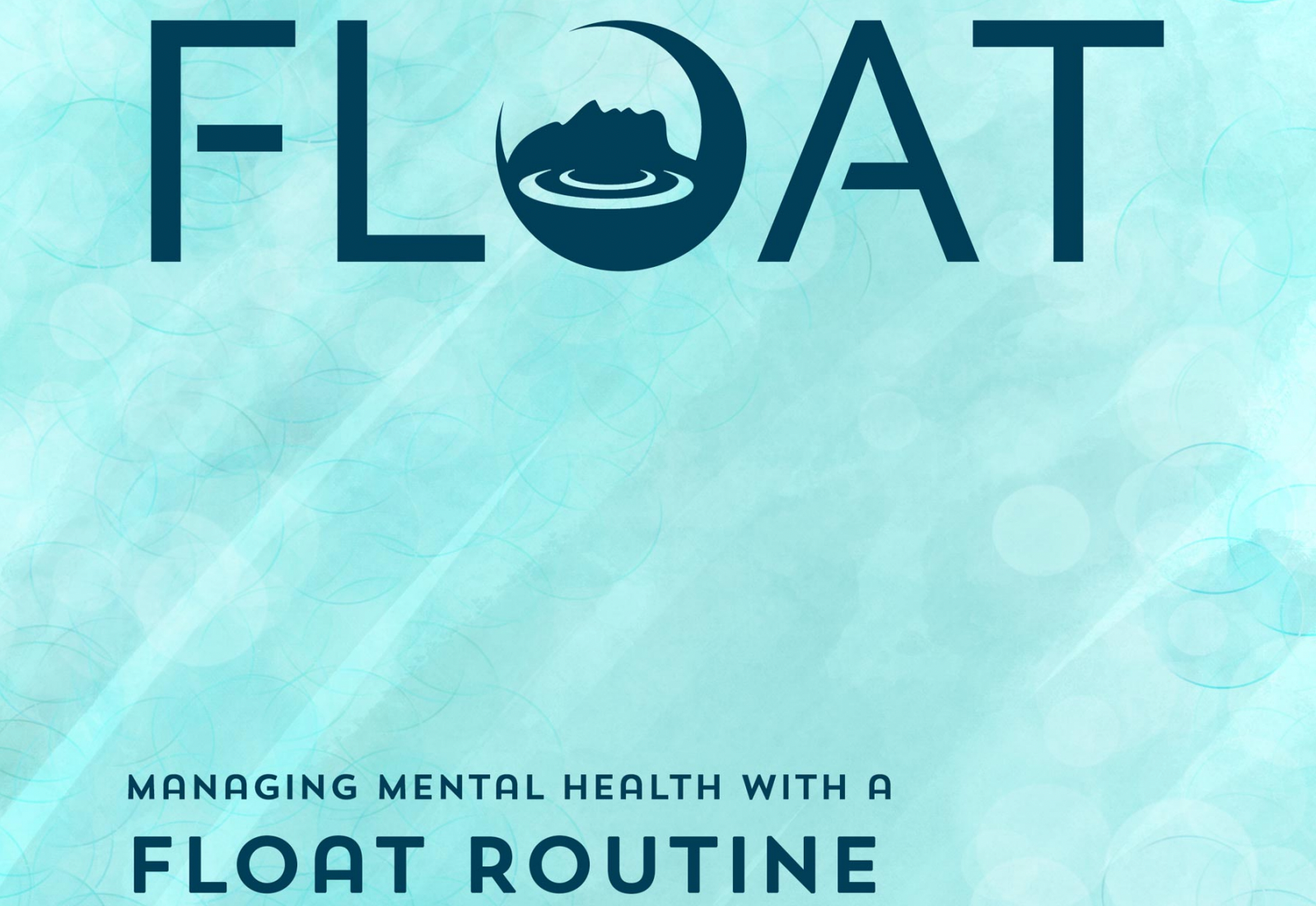Managing Mental Health With a Float Routine

Managing Mental Health with a Float Routine
Tens of millions of Americans suffer from mental disorders each year. These can vary from seasonal to chronic, from mild to debilitating. Whether you have ADHD, depression, OCD, anxiety, PTSD or stress, floatation therapy is shown to help give your brain a reprieve. If you’ve tried a float session before, you know what a unique experience it is; if you haven’t tried it yet but are curious, float therapy can play an extensive role in achieving and maintaining your mental wellness. Here are a few ways that can help you make floating a part of your routine.
Get In The Habit Of Self-Care
Schedule it. You’re more likely to take time for your own self-care if you plan for it. We all know we need to make time for ourselves, but, if we leave that to the end of the day, there often just aren’t enough hours left over. Don’t leave it up to your mood and don’t wait for that “extra time” you can’t ever seem to find. Plan ahead, and you’ll be more likely to fit in a few moments to manage your own needs. Floatation therapy is an excellent candidate to add to your self-care arsenal because you can schedule it, it only takes an hour and you’re all but guaranteed to come away feeling refreshed, relaxed and rejuvenated.
Manage The Inevitable Stress Of Life
Why are we designed to feel stress in the first place? Survival. If our ancestors were being chased by a sabertooth tiger, our bodies needed to be able to respond to that stress in order to save our lives. Unfortunately, our bodies don’t differentiate between raging bears or angry bosses; chemically speaking, stress is stress. Therefore, emotional stress is every bit as taxing on our bodies as is physical danger. One of the most effective ways to reduce stress is with a regular float session. Floating changes your brain chemistry and allows truly unparalleled relaxation - both physical and mental.
Give It Time
As we all know, change doesn’t happen overnight. Usain Bolt, four-time Olympian and world record holder, famously said: “I trained 4 years to run 9 seconds. Some people don’t see results in 2 months and give up.” Such a powerful reminder to be patient with ourselves. If you trust the process and are consistent, you will start to see results. Don’t give up on yourself. If you choose floatation therapy as part of your mental wellness journey, you will likely feel better after just one float. However, many clients find that they are not able to completely relax during their first float. While it is our goal to reduce stimulus, the first experience can be a lot to take in, and it is normal to have some anxiety. This can get in the way of reaching peak relaxation. Studies have shown that the second, and especially third float have a much greater impact on serenity and the brain. The benefits of floating are compounded, session after session. Make float therapy a part of your wellness routine, and you will see the difference over time.
Whether you’re looking to de-stress or to manage a mental disorder, floating can be a profound mental wellness experience. Creating a routine of self-care is vital in our busy lives, and scheduling an hour-long float session every few weeks can become an integral and powerful part of your wellness journey.

















